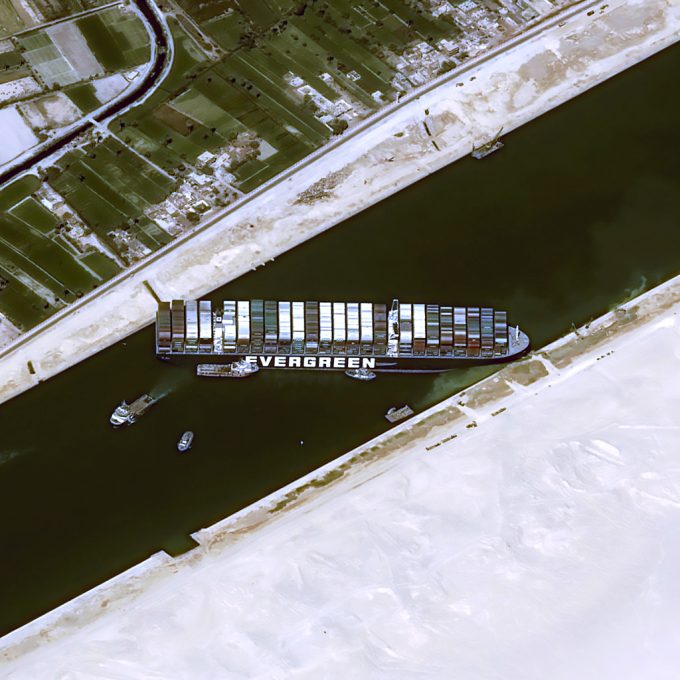Crew abandons Chinese feeder vessel on fire in the Red Sea
A Hong Kong-flagged feeder vessel is stranded in the Gulf of Aden after a fire ...

As the investigation into the grounding of the Ever Given in the Suez Canal begins, the vessel’s Japanese owner, Shoe Kisen, this morning declared General Average.
And a customer circular from Evergreen, seen by The Loadstar, confirms that Shoe Kisen this morning appointed Richard Hogg Lindley ...

Comment on this article
Mike Seibert
April 02, 2021 at 5:23 pmTerrific update on this incident.
Alex Lennane
April 07, 2021 at 10:49 amFrom Ingvar Bergman:
Opine use of G/A wrong. There was no ‘salvage’ and no ‘act of God’ as I could understand. Both vessel and cargo safe, I feel sorry for the cargo owners (CO) who will suffer from contribution to G/A and delay in delivery and those inadequately insured with expected paperwork. I opine this is not a G/A case. I agree with one writer to issue a separate claim for compensation for the tugs The vessel and cargo were in a sheltered area and there was no risk of situation to deteriorate
LEAVE THE COs AND CONCENTRATE YOUR EFFORTS TO FACTFINDING OF THE ACTIONS (or lack of) ON THE BRIDGE. !!
Technical failure ? Bow thrusters ? Radar that did not work properly or set on wrong scale?
.
Present G/A form is dated (I presume) some 100 years ago. There were few CO with limited number of Bs/l onboard at that time Size of vessels has taken a dramatic development and so have the values of them,